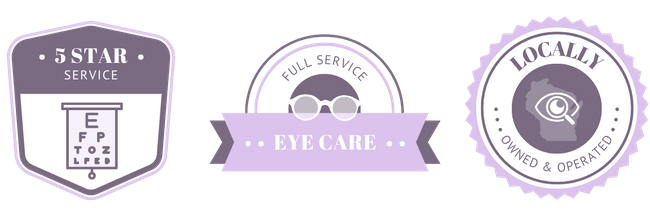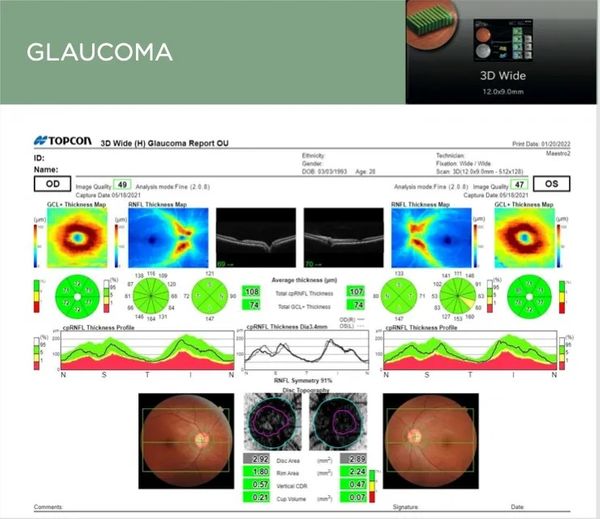Advanced Glaucoma Management and Care

Understanding Glaucoma
The optic nerve, located at the back of the eye, transmits visual information from the retina to the brain. In glaucoma, increased intraocular pressure and other risk factors can cause this nerve to deteriorate, leading to gradual vision loss, typically starting with the peripheral vision.

Risk Factors for Glaucoma
Several factors can increase your risk of developing glaucoma, including:
- Family History: If you have a close relative with glaucoma, your risk of developing the condition is higher. Genetics play a significant role in many cases of glaucoma.
- High Intraocular Pressure (IOP): Elevated eye pressure is one of the most significant risk factors. However, not everyone with high IOP will develop glaucoma, and some people with normal IOP can develop the condition.
- Age: People over the age of 60 are at higher risk, and this risk increases with each decade of life.
- Ethnicity: People of African, Hispanic, or Asian descent are at higher risk for certain types of glaucoma.
- Other Eye Conditions: Previous eye injuries, severe myopia (nearsightedness), certain eye surgeries, or chronic eye inflammation (uveitis) can increase the risk of glaucoma.
- Medical Conditions: Conditions such as diabetes, high blood pressure, and heart disease have been associated with an increased risk of glaucoma.
Secondary Glaucoma
In some cases, glaucoma can develop as a result of other eye conditions or diseases. This is known as secondary glaucoma and can occur due to:
- Eye Injuries: Trauma to the eye can lead to increased pressure and subsequent glaucoma.
- Inflammation: Chronic inflammation within the eye can block the drainage channels, increasing pressure.
- Tumors: Rarely, tumors in the eye can block fluid drainage, leading to pressure buildup.
- Cataracts: Advanced cataracts can sometimes lead to secondary glaucoma.
Importance of Early Detection and Treatment
Because glaucoma often has no early symptoms and vision loss is irreversible, regular eye exams are critical, especially if you have risk factors. Early detection through comprehensive eye exams, including measurements of eye pressure and optic nerve health, can help prevent significant vision loss.

Advanced Glaucoma Testing: Maestro 2 OCT and RadiusXR Visual Field
Our clinic is equipped with the Maestro 2 OCT (Optical Coherence Tomography) and the RadiusXR virtual reality visual field system, both of which play a crucial role in diagnosing and monitoring glaucoma.
- Maestro 2 OCT: This state-of-the-art imaging technology captures detailed cross-sectional images of the retina, allowing us to detect early signs of glaucoma by analyzing the optic nerve and retinal nerve fiber layer. The high-resolution scans help us monitor changes over time, ensuring timely and effective treatment.
- RadiusXR Visual Field: This advanced visual field test evaluates your peripheral vision, identifying any areas of vision loss associated with glaucoma. Understanding the extent of your visual field is vital for managing the impact of glaucoma on your daily life and guiding personalized treatment plans.
Schedule Your Eye Exam
At Radiant Eyes, we are dedicated to providing thorough glaucoma testing and monitoring to catch the disease in its early stages and manage it effectively, helping to preserve your vision and overall eye health.
Ready to get started?
Schedule your appointment with us today.
